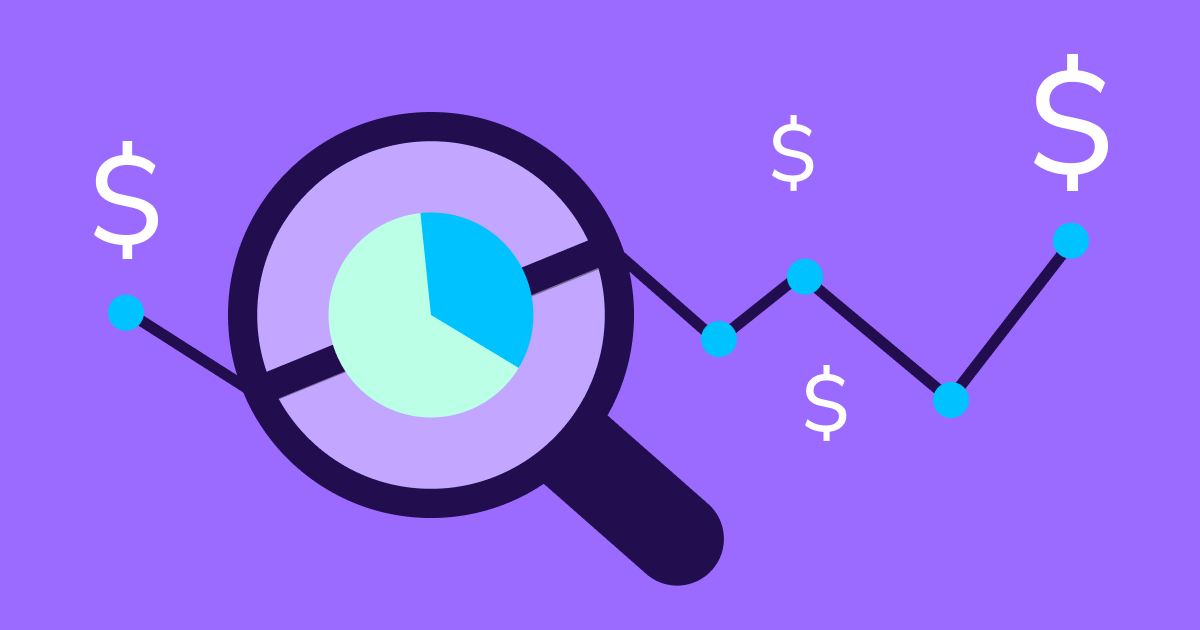
Rewarded advertising: The good, the bad, and the ugly
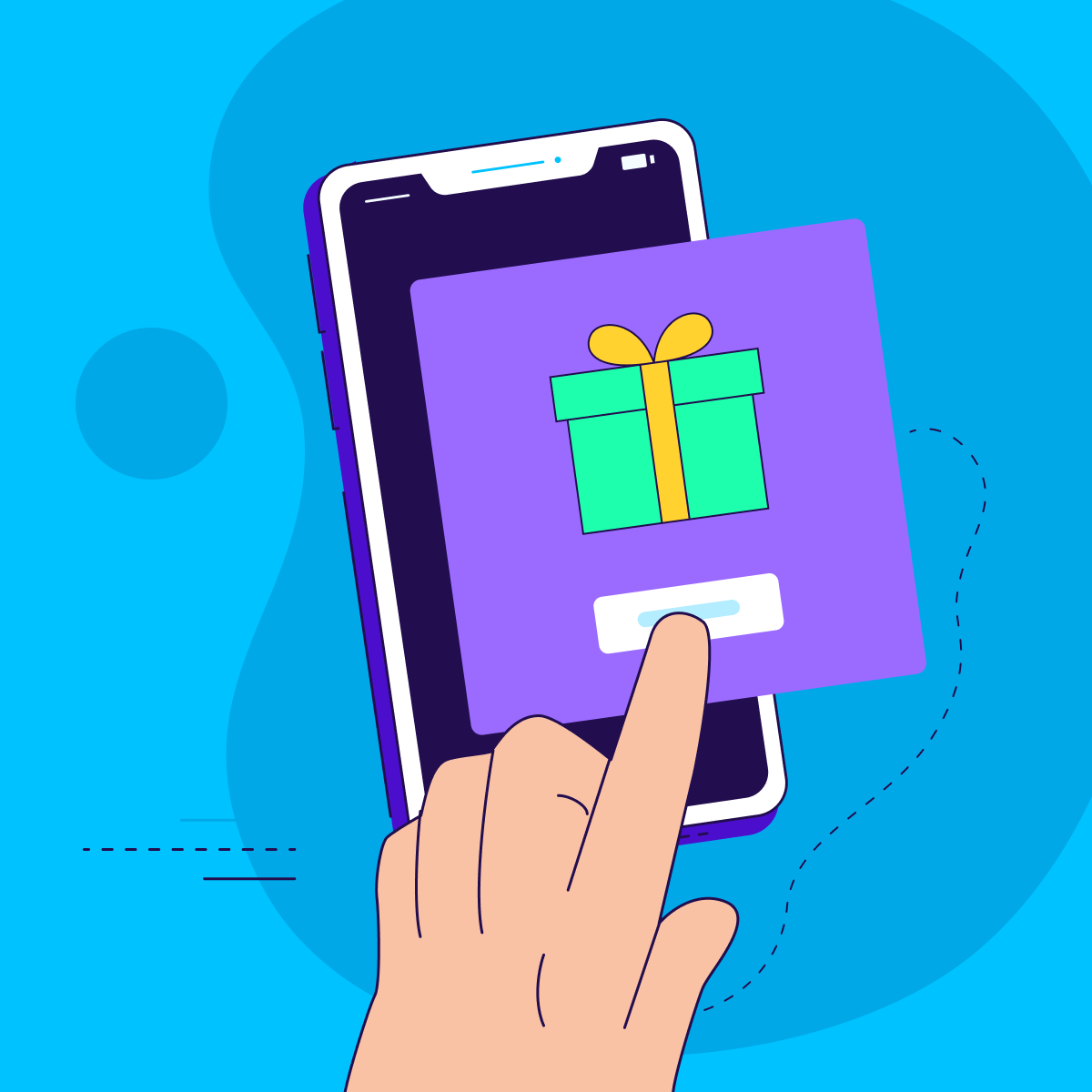
Despite continued predictions to the contrary, incentivized traffic is alive and well in 2017. Looking at the top 25 US non-gaming media sources that were ranked in The AppsFlyer Performance Index, more than half list some sort of incentivized ad format in their portfolio.
And while ad networks who sell incentivized traffic tend to have fallen in the ranks compared to the previous year, they are still going strong – especially in the gaming vertical, where 15 of the top 25 media sources sell incent among their other ad formats. Likewise, 14 of the top 20 free gaming apps in the US feature at least one SDK from a network offers incentivized ads as a monetization method.
Incentivized ads are usually referred to as “rewarded ads”, or using the somewhat out-of-fashion term “value-exchange advertising”, both of which put a more positive spin on ad formats that offer a benefit to the end user in exchange for an engagement with the ad.
The quality of incentivized traffic will mostly depend on what engagement is being incentivized, as well as what the incentive is. This is what ultimately separates the good from the bad – and the ugly – in incentivized ads.
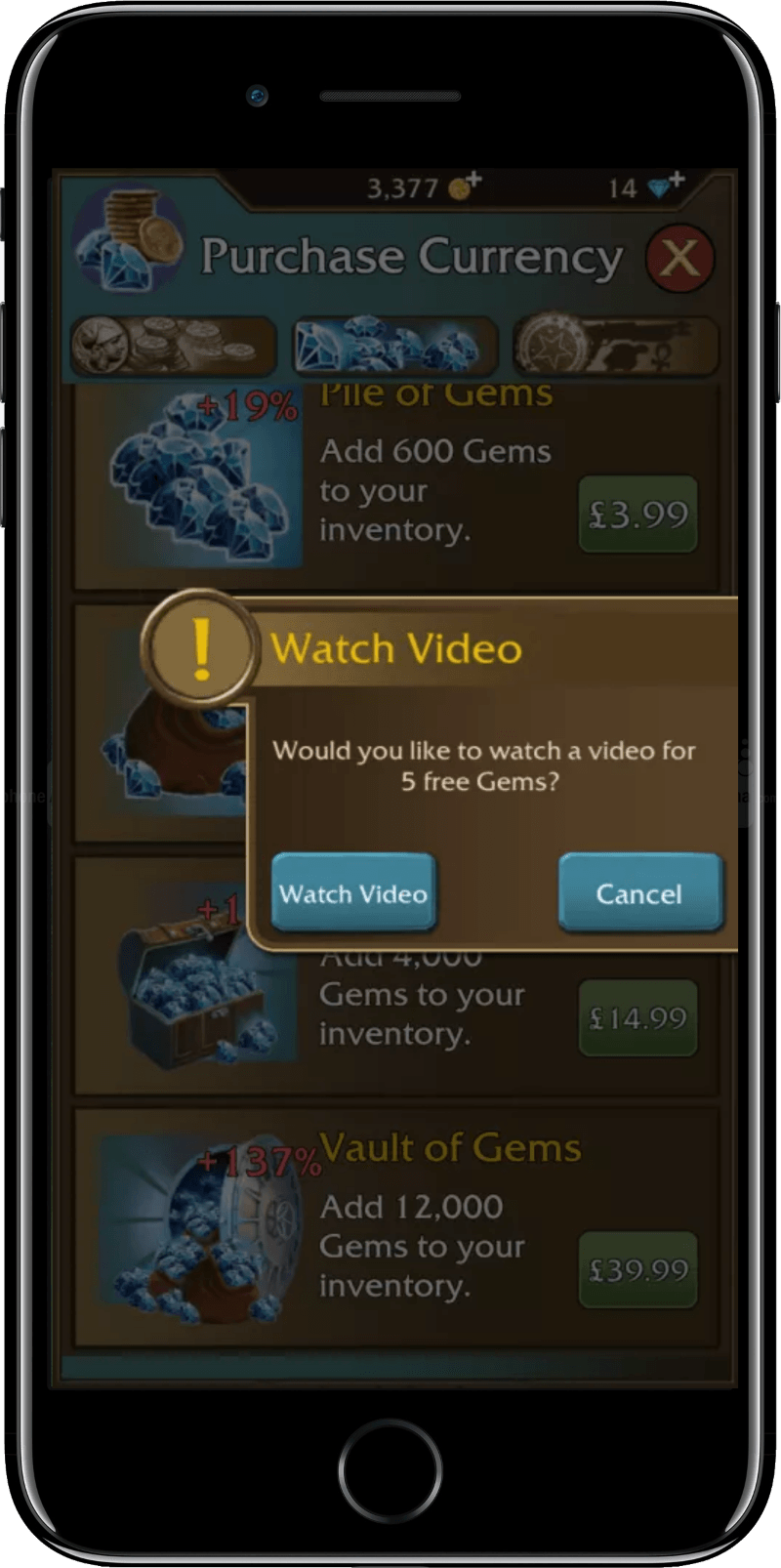
The Good: Rewarding potential users for learning more about your app
It is certainly possible to leverage high quality incentivized traffic through ads that simply give potential users a reason to learn about your app.
The most common format in this category are rewarded videos, which encourage users to watch a trailer of your app. The reward – usually a small amount of in-app currency like gems in a game or phone credits in a calling app – is paid out after the users finish watching the video, and no other action is required.
A key benefit of this ad format is that it’s publisher-friendly: Since the users opt-in, i.e. choose to see an ad for a reward when they want to, it offers publishers an opportunity to integrate ad monetization without interrupting the flow of their app.
This makes the format attractive even to high quality apps, who use rewarded videos as a source of revenue to monetize their audiences.
The opt-in nature of these rewarded ads, together with the relatively large inventory that is available through this format, make it possible to target valuable users and ultimately run ROI-positive incentive campaigns.
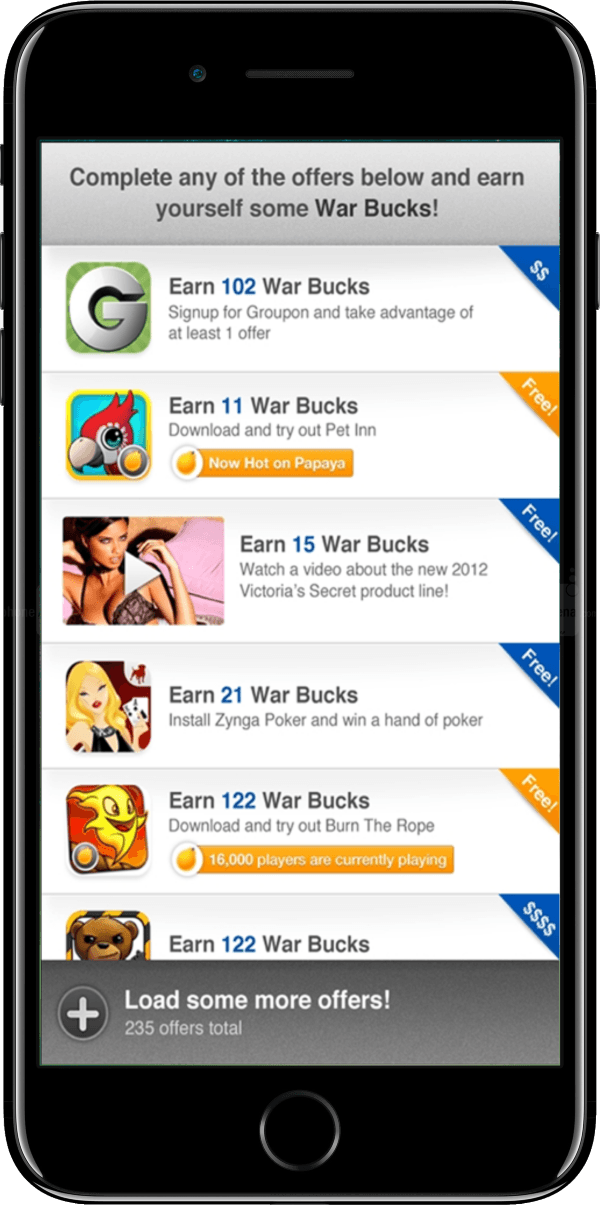
The Bad: Luring users into behavior that looks like engagement
On the other scale of the incent traffic quality spectrum are such ads that reward the user for actions related to the download of an app and beyond.
One example for this are cost-per-install campaigns on offer walls – which basically present users with a list of apps and offer a reward for downloading any of them (the reward is usually based on how much the advertiser is bidding for the download).
In some instances, the reward is paid out even further down the funnel, for example after setting up an (often fake) user account.
While there may be a chance that some users will actually engage further with the app after overcoming the initial hurdle of downloading it, it is not hard to imagine that the vast majority of users will simply do the minimum steps that are required to get their reward, and then delete the app or stop using it.
The main problem with these types of campaigns is that they generate user behavior that may look like engagement, but does little more than boosting an app’s vanity metrics.
Not surprisingly, ad networks with a large share of traffic coming from these types of campaigns have significantly lower retention rates. For example, the average 30-day retention for Gaming apps ranges between 2.4% and 4.4% – for incent-heavy networks it’s 1.1%.
And while so-called burst campaigns – CPI campaigns built to boost app store rankings through an initial push of incentivized downloads, which eventually sparks organic growth – may have worked in the early days of the mobile ecosystem, but they are much more likely to hurt your app’s ranking today.
This is even more evident after Google Play’s announcement from February by which its app store algorithm is factoring the “stickiness” of gaming apps – specifically strong engagement, retention metrics and also a high star rating – to determine their rankings on top of the number of installs.
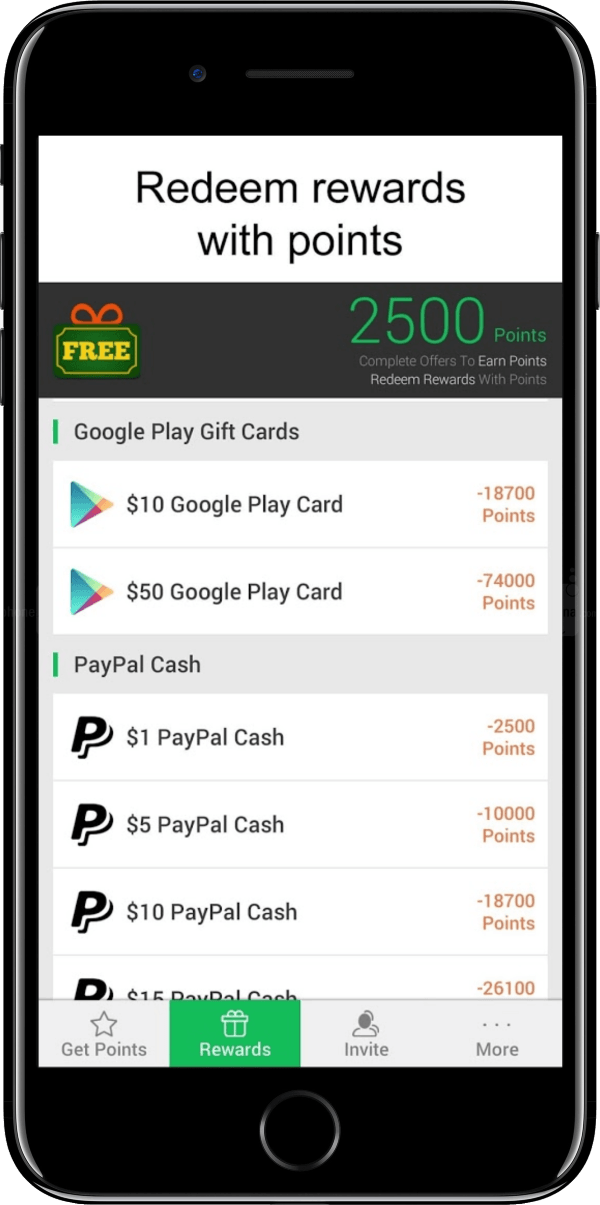
The Ugly: Incentives for unethical behavior
Given the aforementioned issues with some rewarded ads, it’s no surprise that incentivized traffic has a bad reputation with advertisers. As a consequence, some ad networks tend to downplay the fact that they are using incentivized traffic when communicating with advertisers, and use creative naming to avoid drawing too much attention to the ad formats their traffic is based on.
Going beyond mere issues of labeling though, the mixing of traffic – e.g. scaling the overall reach of a campaign by adding lower quality traffic from incentivized ads to other sources – continues to be an issue.
Selling such a blend of “good enough” traffic with no transparency into how it was generated contradicts the idea of optimizing a campaign’s performance, and crosses the border to the unethical.
Other ugly examples include the design of rewarded videos in a way that tricks the users into thinking a download is required to receive the reward after watching the video, or hiding the “close” button after a video ad has played (uncommon, but not unheard of).
And finally, there’s the issue of “wallet” or “get-paid-to” apps, which offer users real-life rewards – like gift cards or actual money – in exchange for downloading a large number of apps.
While not necessarily fraudulent in themselves, wallet apps certainly make it more appealing even for the end users to engage in fraudulent behavior. At the very least, it seems fair to assume that a user who is willing to put time and effort into downloading tens or hundreds of apps to eventually receive a gift card may be of dubious quality, and may be unlikely to ever spend money in your app.
Four tips for successfully working with incentivized traffic
To summarize, despite having a bad rep, incentivized traffic continues to be relevant for some app categories. Incent offers plenty of inventory, together with a relatively low price for reaching certain performance goals. And even if the traffic quality is not great, the lower price of incent can still make your campaigns ROI positive.
So when working with incentivized traffic, keep the following in mind:
- Know what you’re buying. Measure the performance of incentivized traffic versus other media sources, and try to get an understanding of whether a media source you’re working with mixes incentivized and non-incentivized traffic.
- If you are not sure whether the traffic you are buying includes incentivized sources, check the ad formats in the “publisher” section of the ad network you are buying from and use this info to guide your questions. If you are still unsure, take a deep dive into the raw data and see if there are certain patterns like an unnaturally steep drop in user engagement after the first app open compared to other media sources, or sub-publishers within the same network.
- If you use incentivized ads to monetize your app, make sure to include the revenue in your ROI measurement.
- Most importantly, make sure you focus on ROI and you are measuring the right metrics. A low CPI is meaningless if the users don’t engage with your app in a way that meets your business goals.



